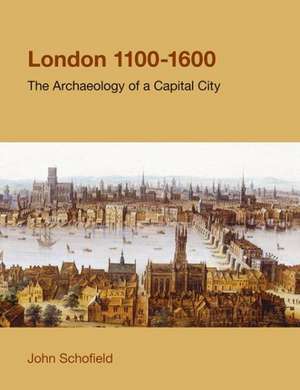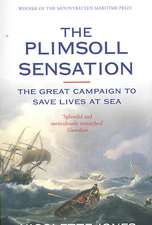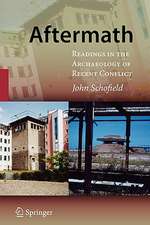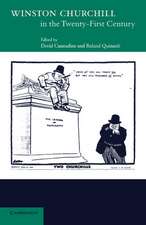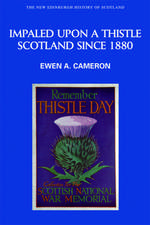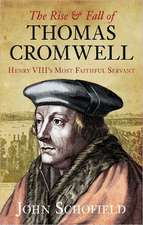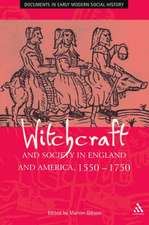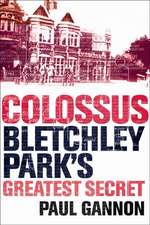London, 1100-1600: Studies in the Archaeology of Medieval Europe
Autor John Schofielden Limba Engleză Paperback – 25 sep 2011
Din seria Studies in the Archaeology of Medieval Europe
-
 Preț: 347.63 lei
Preț: 347.63 lei -
 Preț: 394.85 lei
Preț: 394.85 lei - 19%
 Preț: 655.33 lei
Preț: 655.33 lei -
 Preț: 385.22 lei
Preț: 385.22 lei -
 Preț: 356.12 lei
Preț: 356.12 lei -
 Preț: 247.01 lei
Preț: 247.01 lei
Preț: 351.49 lei
Nou
Puncte Express: 527
Preț estimativ în valută:
67.26€ • 70.22$ • 55.66£
67.26€ • 70.22$ • 55.66£
Carte tipărită la comandă
Livrare economică 05-19 aprilie
Preluare comenzi: 021 569.72.76
Specificații
ISBN-13: 9781908049728
ISBN-10: 1908049723
Pagini: 344
Ilustrații: 118 black and white illustrations and 10 colour plates
Dimensiuni: 191 x 244 x 20 mm
Greutate: 0.73 kg
Ediția:New.
Editura: Equinox Publishing (Indonesia)
Seria Studies in the Archaeology of Medieval Europe
ISBN-10: 1908049723
Pagini: 344
Ilustrații: 118 black and white illustrations and 10 colour plates
Dimensiuni: 191 x 244 x 20 mm
Greutate: 0.73 kg
Ediția:New.
Editura: Equinox Publishing (Indonesia)
Seria Studies in the Archaeology of Medieval Europe
Notă biografică
John Schofield
Cuprins
1. Introduction 2. Public Buildings and Concerns 3. Castles, Palaces and Royal Houses 4. Houses, Daily Life and Neighbourhoods 5. Selling and Making 6. Religion and Religious Ways of Life 7. Human Health and the Environment 8. London's Region 9. Medieval and Tudor London after 1600
Recenzii
'..an expert account. the book is well designed, expertly illustrated and manages to bridge the gap between an accessible and popular account, with a scholarly framework with full references and an extensive bibliography. This is a book that readers can turn to again and again in order to refresh their knowledge of the archaeology of this medieval metropolis' Terry Barry, Medieval Archaeology 56, 2012 'This is an important and useful book. And, crucially it's a good read.' British Archaeology, May-June 2012 'John Schofield snythesises a huge volume of archaeology to produce this coherent account packed with detail and fascinating visual evidence, and much enlivened by the author's own observations -- for example, on exotic imported food and whether Londoners had different diets from other parts of England, or on the impact of communities of 'aliens' on the city, including Jewish financiers, and Italian, French and Spanish merchants, or on the effect of London on its hinterland.' SALON number 267, December 2011 'It works very well indeed as an affordable entry point for students of London's medieval archaeology; as a resource assessment it refines and fleshes out many of the broad themes developed in The Archaeology of Greater London (MoLAS 2000); and it poses new and interesting questions to be considered in future research programmes.' Barney Sloane, English Heritage, Transactions of London & Middlesex Archaeological Society, forthcoming 'His detailed knowledge of projects both famous and unsung paints a potent picture of London between 1100 and 1600.' Current Archaeology, June 2012 'This is a stimulating book, opening one's eyes to many facets of the past. It can be highly recommended to anyone who wants to find out what archaeology has to offer about London's history, and where future research might lead' Bridget Cherry, London Topographical Society Newsletter, May 2012
